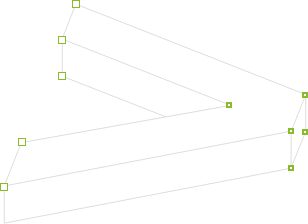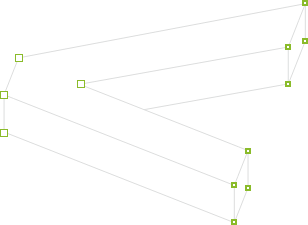Originally published by Sean Spisak, Director of Operations at ZELUS, on Contractor Mag, "Digital Twins Raise the Bar on Quality Control".
The use case for digital twins in construction is ever-expanding and the market is expected to grow from $6.9 billion in 2022 to more than $73 billion by 2027. There’s even now talk about expanding this into markets that have historically relied heavily on antiquated documentation to improve construction communication and processes. Despite the growth, however, there are still areas of construction where the benefits of digital twins—or digital as-builts—are widely overlooked.
These highly accurate replicas of built assets, and more specifically, the point cloud data used to create them, can be used not only for clash detection and accuracy, but also for quality control (QC) and quality assurance (QA) processes. In fact, the use cases for digital twins are strong throughout all phases of the construction process and even the building’s lifecycle.
Eliminate Assumptions
Anyone in the design/build industry knows built structures are rarely constructed to the design specifications in the original design model or plans. These plans are rarely updated to reflect changes that occurred in the field, but then down the road, are often used as a starting point for renovations and updates. This continuous cycle leads to unnecessary issues and delays.
In scan-to-BIM, existing buildings can be scanned and the point cloud data can be compared to the core shell model the design team may be working from. Rather than basing the design on inaccurate data, they now have an accurate data set to work from and can have confidence in knowing that the design will actually work and there are no surprises in the field from a structural or layout perspective.
Unless the architect or designer is given a current as-built, that was developed from a point cloud of the building post-construction, chances are there are going to be deviations in the model. If the architect is creating new plans based on what they believe the square footage to be or where they believe structural or MEP members are located, but those are inaccurate, they run the risk of creating a design that may not actually work. This often results in change orders, issues, delays, and an unnecessary waste of time and money.
Going scan-to-BIM to create a point cloud is a quick way to gain an accurate analysis of the true existing conditions. Overlaying point cloud data over the design model will quickly reveal deviations, errors and/or omissions. The design model can be "trued-up" and provide an accurate starting point from the very beginning.
Maintain Quality Control
The process of comparing point cloud data can also be used as a quality control measure to create more replete 3D models and 2D plans. Because creating models from a point cloud is still a very manual process, it’s naturally subject to human error. Even some of the best automated systems that create components from point cloud data aren’t highly accurate. By using the point cloud as a quality control tool, parts of the quality check process can be automated and the model designed to a higher degree of accuracy.
Design and Build to Greater Accuracy
In complex scenarios like semiconductor or processing plants, where specificity is critical, it’s an easy way to confirm that everything that was supposed to be modeled was in fact modeled and it’s to the specified level of accuracy.
In industries where accuracy is critical—especially when getting into points of connection for tooling—construction and design detail have to be really tight. A digital as-built or digital twin provides verification of existing conditions and confirms whether a design will work.
The use case for digital twins in construction is ever-expanding and the market is expected to grow from $6.9 billion in 2022 to more than $73 billion by 2027. There’s even now talk about expanding this into markets that have historically relied heavily on antiquated documentation to improve construction communication and processes. Despite the growth, however, there are still areas of construction where the benefits of digital twins—or digital as-builts—are widely overlooked.
These highly accurate replicas of built assets, and more specifically, the point cloud data used to create them, can be used not only for clash detection and accuracy, but also for quality control (QC) and quality assurance (QA) processes. In fact, the use cases for digital twins are strong throughout all phases of the construction process and even the building’s lifecycle.
Perfect for Prefab
By doing this throughout the construction process, problems can be solved in near real time and adjustments made prior to the installation of the next phase of construction. Particularly on projects with prefabricated assemblies, designs have to be accurate. There’s nothing worse than getting an assembly out to the site only to find out it won’t work. With lengthy lead times on certain materials and supply chains, this is critical to mitigating delays.
As technology is integrated more and more into construction, this level of insight will become table stakes. Not only does point cloud data help maintain accuracy and reduce errors, the continuous checks also add an extra layer of quality control and accountability beyond the human eye. It opens the door for better communication and transparency and can be used to inform design and construction decisions, devise coordinated workflows and teams, and avoid costly errors.



